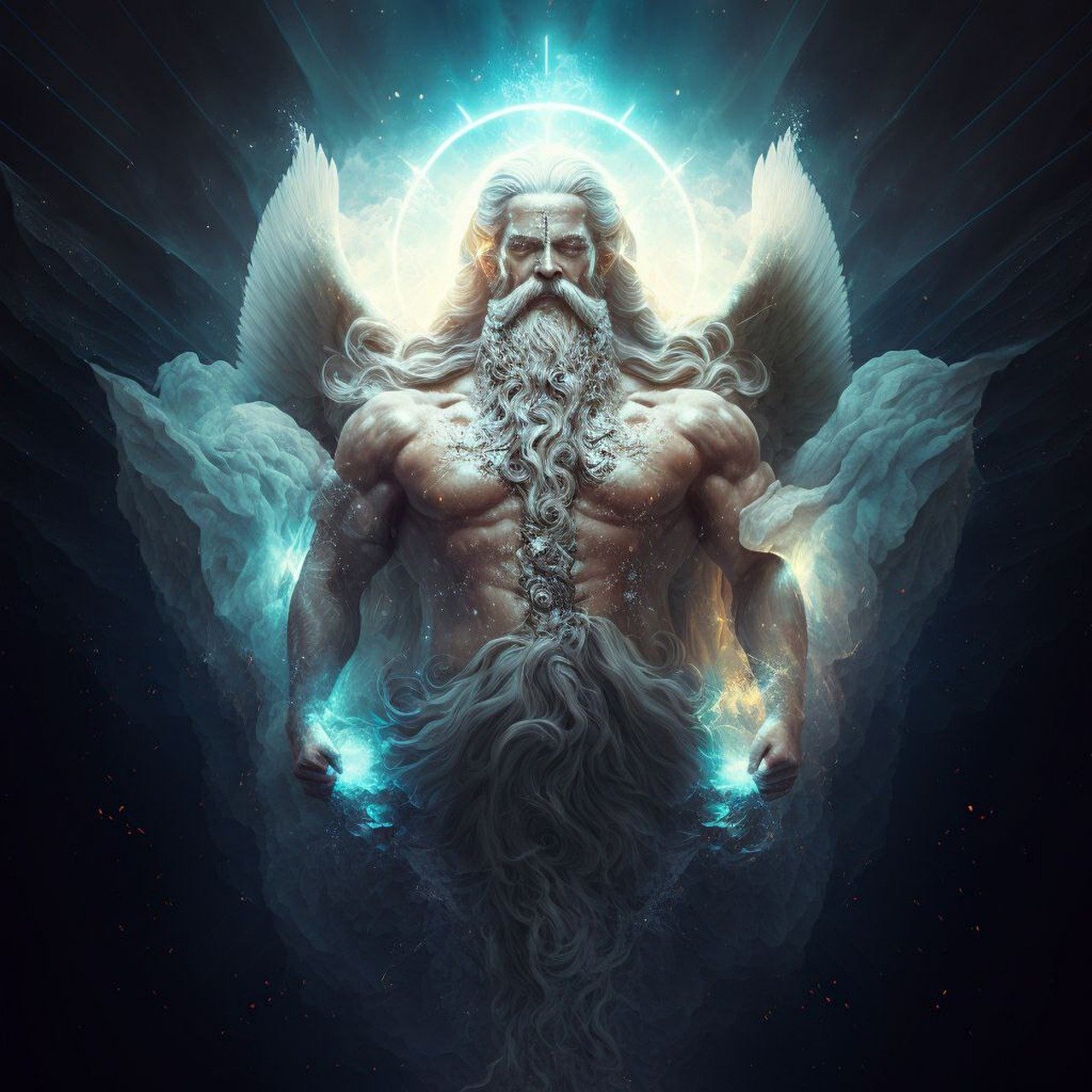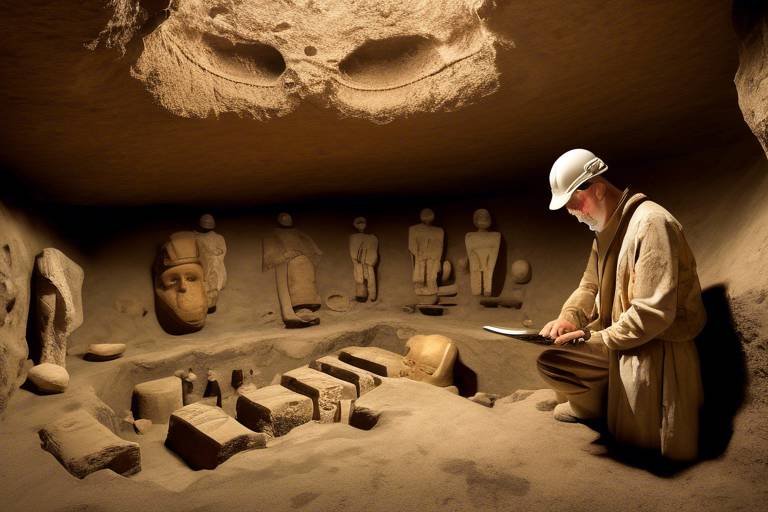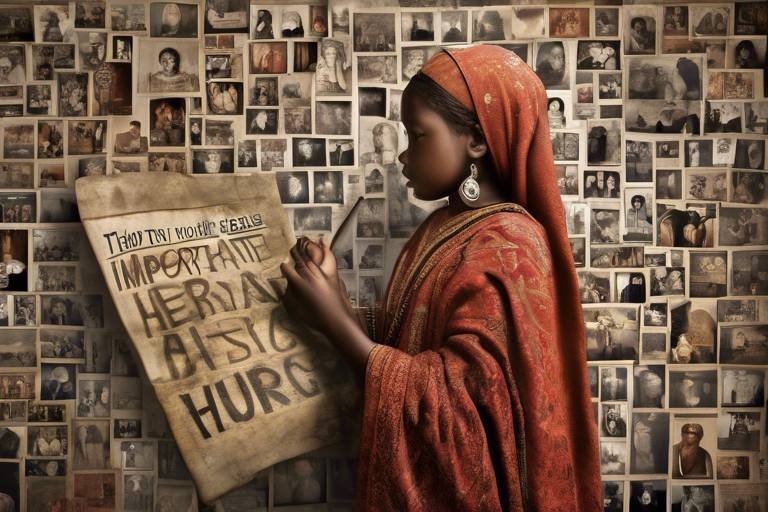The Evolution of Religious Symbols in Ancient Cultures
Religious symbols have played a profound role in ancient cultures, serving as powerful conduits of meaning, spirituality, and tradition. These symbols, rich in history and significance, have evolved over time, reflecting the beliefs and practices of diverse civilizations. From the enigmatic symbols of the Ancient Egyptians to the intricate designs of the Indus Valley Civilization, each culture has contributed unique symbols that continue to captivate and inspire us today.
The Ancient Egyptians, known for their elaborate religious practices, revered symbols such as the Ankh, symbolizing life and immortality, and the Eye of Horus, representing protection and healing. These iconic symbols were deeply intertwined with Egyptian beliefs, guiding the spiritual journey of the ancient Egyptians and shaping their understanding of the afterlife.
In Greek and Roman mythology, symbols like the Caduceus, a staff entwined with serpents, and the Laurel Wreath, symbolizing victory and honor, were closely associated with deities such as Hermes and Apollo. These symbols served as powerful reminders of the gods' influence on various aspects of human life, from commerce to warfare.
The Indus Valley Civilization, known for its advanced urban planning and sophisticated culture, left behind a treasure trove of symbols on its artifacts. These mysterious symbols, found on seals and pottery, offer glimpses into the religious and cultural practices of this ancient civilization, inviting us to unravel their meanings and significance.
Mesoamerican cultures, including the Maya and Aztec civilizations, were renowned for their complex calendar systems and intricate symbols. The Feathered Serpent, symbolizing rebirth and transformation, and the Mayan Calendar, representing the cyclical nature of time, were central to their religious ceremonies and cosmological beliefs.
In Norse mythology, symbols like Mjölnir, the hammer of Thor, and the Valknut, a symbol associated with the god Odin, held great importance in Norse religion. These symbols embodied the strength, protection, and wisdom of the Norse gods, guiding warriors and seafarers in their endeavors.
Chinese culture, steeped in ancient traditions and philosophies, features enduring symbols like the Yin and Yang, representing the balance of opposing forces, and the Dragon, symbolizing power and good fortune. These symbols, deeply rooted in Chinese cosmology, continue to shape beliefs and practices in modern China.
Indian religions, including Hinduism and Buddhism, abound with symbols that encapsulate profound spiritual concepts. The Om symbol, representing the ultimate reality, and the Lotus flower, symbolizing purity and enlightenment, are revered symbols that embody the essence of Indian spirituality and philosophy.
Native American cultures, deeply connected to the natural world, imbue their symbols with meanings drawn from the land and its inhabitants. The Medicine Wheel, symbolizing harmony and balance, and the Thunderbird, representing power and protection, are symbols that reflect the spiritual bond between Native Americans and the earth.

Ancient Egyptian Symbols
Exploring the significance and transformation of religious symbols across different ancient civilizations, shedding light on their cultural, spiritual, and historical importance in shaping beliefs and practices.
When we delve into the mystical world of Ancient Egyptian symbols, we encounter a rich tapestry of meanings and beliefs that have fascinated historians and archeologists for centuries. Among the most iconic symbols are the Ankh and the Eye of Horus. The Ankh, resembling a cross with a loop at the top, symbolizes life and immortality. It is often held by gods and pharaohs in ancient artwork, emphasizing their connection to the divine and eternal life. On the other hand, the Eye of Horus, also known as the Wedjat Eye, represents protection, royal power, and good health. It is a symbol of healing and warding off evil, embodying the watchful eye of the falcon god Horus.

Greek and Roman Mythology Symbols
When delving into the fascinating world of Greek and Roman mythology, one cannot help but be captivated by the intricate symbols that represent the gods and goddesses of these ancient civilizations. These symbols go beyond mere imagery; they hold deep meanings and connections to the divine realms, offering insights into the beliefs and values of the people who worshipped these deities.
One of the most well-known symbols from Greek mythology is the Caduceus, a staff entwined with two serpents and topped with wings, often associated with the messenger god Hermes. This symbol not only represents commerce and negotiation but also carries connotations of eloquence and guidance, reflecting the multifaceted nature of Hermes himself.
Similarly, the Laurel Wreath, symbolizing victory and honor, is closely linked to the god Apollo in Greek mythology. Woven from the leaves of the bay laurel tree, this symbol adorned the heads of victors in various competitions, signifying their triumph and divine favor.
In Roman mythology, the symbols often overlap with their Greek counterparts, with adaptations and reinterpretations that reflect the Roman perspective. For instance, the Roman adaptation of the Greek god Hermes, known as Mercury, also bears the Caduceus as his symbol, emphasizing communication, commerce, and travel.
Another prominent symbol in Roman mythology is the Laurel Wreath, symbolizing not only victory but also the divine authority and leadership associated with the Roman emperor. This symbol was often depicted in official portraits and sculptures, underscoring the connection between earthly power and divine favor.
Exploring these symbols in the context of Greek and Roman mythology offers a glimpse into the rich tapestry of beliefs and narratives that shaped the ancient world. Each symbol carries layers of meaning and significance, inviting us to unravel the mysteries of the past and appreciate the enduring legacy of these ancient civilizations.

Indus Valley Civilization Symbols
The symbols of the ancient Indus Valley Civilization have long intrigued archaeologists and historians, offering glimpses into the spiritual and cultural practices of this enigmatic society. Among the most notable symbols are the unicorn, which symbolizes purity and grace, and the bull, representing strength and fertility. These symbols were often depicted on seals and pottery, hinting at their significance in religious ceremonies and daily life. The intricate patterns and motifs found on artifacts suggest a sophisticated understanding of symbolism and a deep connection to the spiritual world.
One of the most intriguing symbols is the swastika, a motif that predates its negative connotations in modern times. In the context of the Indus Valley Civilization, the swastika likely symbolized auspiciousness and good fortune, serving as a powerful emblem of prosperity and protection. Its widespread presence in archaeological findings indicates its widespread use and importance in the religious and cultural fabric of the society.
Moreover, the figurines of deities found in the ruins of Indus Valley cities provide valuable insights into the religious beliefs of the civilization. These figurines, depicting various gods and goddesses, offer a glimpse into the pantheon worshipped by the ancient Indus people. The presence of these divine representations underscores the spiritual nature of the society and the reverence accorded to supernatural beings in their daily lives.
The tree of life symbol is another significant motif that appears in the art and artifacts of the Indus Valley Civilization. Representing the interconnectedness of all living beings and the cycle of life, this symbol likely held profound spiritual meanings for the ancient people. Its presence in various forms across different artifacts suggests a deep-rooted belief in the sanctity of nature and the eternal cycle of birth and rebirth.
In deciphering the symbols of the Indus Valley Civilization, we unravel a tapestry of beliefs and practices that shaped the spiritual landscape of this ancient society. Each symbol carries with it a story, a meaning, and a connection to the divine realms that were central to the lives of the Indus people. Through these symbols, we glimpse the rich tapestry of a civilization lost to time, yet whose legacy endures in the echoes of its sacred imagery.

Mesoamerican Symbols
When delving into the intriguing world of Mesoamerican symbols, one cannot help but be captivated by the rich tapestry of meanings and representations embedded within them. These symbols, such as the Feathered Serpent and the Mayan Calendar, serve as windows into the complex belief systems and rituals of ancient Mesoamerican cultures. The Feathered Serpent, known as Quetzalcoatl in Aztec mythology, symbolizes the dual nature of divinity and the cyclical nature of life and death. Its majestic presence in art and architecture reflects the reverence and worship bestowed upon it by the indigenous peoples.
On the other hand, the enigmatic Mayan Calendar stands as a testament to the advanced astronomical knowledge and spiritual sophistication of the Mayan civilization. Its intricate design and precise calculations not only served as a tool for timekeeping but also held profound religious significance, guiding ceremonies and rituals based on celestial events. The intricate interplay of symbols within the Mayan Calendar reveals a deep connection between the earthly realm and the cosmic forces believed to influence human destiny.
Moreover, the intricate hieroglyphs and glyphs found in Mesoamerican artifacts offer glimpses into the mythologies, histories, and cosmologies of these ancient civilizations. Each symbol carries layers of meaning, weaving a narrative of creation, warfare, sacrifice, and transcendence. By deciphering these symbols, archaeologists and historians continue to unravel the mysteries of Mesoamerican cultures, shedding light on their spiritual beliefs and practices.

Norse Symbols
Journey into the realm of Norse mythology symbols, where each emblem carries a rich tapestry of meanings and significance. Among these symbols, Mjölnir, the mighty hammer of Thor, stands out as a symbol of protection and power. Crafted by the dwarven brothers Sindri and Brokkr, Mjölnir's iconic shape embodies strength and resilience, reflecting the thunderous force of its wielder, the God of Thunder.
Another prominent Norse symbol is the Valknut, a complex interlocking design often associated with the god Odin. Comprised of three triangles, the Valknut symbolizes the interconnectedness of life, death, and fate in Norse mythology. Its intricate pattern suggests a sense of eternal continuity, where the past, present, and future are intertwined in a seamless cycle of existence.

Chinese Symbols
Chinese culture is rich in symbolism, with many iconic symbols deeply rooted in ancient beliefs and traditions. One of the most well-known symbols is the Yin and Yang, representing the balance of opposites in the universe. The Yin, associated with darkness and femininity, complements the Yang, which symbolizes light and masculinity. Together, they embody the harmony and interconnectedness of all things.
Another prominent symbol in Chinese culture is the Dragon, revered for its power, strength, and good fortune. In Chinese mythology, the dragon is a symbol of imperial authority and prosperity. It is often depicted as a benevolent creature bringing rain and fertility to the land, embodying the cosmic forces of nature.
These symbols have deep spiritual connotations in Chinese beliefs, reflecting the interconnectedness of the physical and spiritual worlds. The Yin and Yang symbolize the cyclical nature of life, with each aspect containing the seed of its opposite. Similarly, the Dragon represents the cosmic forces at play in the universe, symbolizing the power of transformation and renewal.

Indian Symbols
Exploring the significance and transformation of religious symbols across different ancient civilizations, shedding light on their cultural, spiritual, and historical importance in shaping beliefs and practices.
Discover the iconic symbols like the Ankh and the Eye of Horus, their meanings, and roles in Egyptian religious beliefs and practices.
Explore the symbols such as the Caduceus and the Laurel Wreath, and their connections to the gods and goddesses in Greek and Roman mythology.
Uncover the mysterious symbols found in the artifacts of the Indus Valley Civilization, deciphering their possible religious and cultural significance.
Delve into the complex world of Mesoamerican symbols like the Feathered Serpent and the Mayan Calendar, understanding their roles in rituals and beliefs.
Journey into the realm of Norse mythology symbols such as Mjölnir and the Valknut, exploring their meanings and representations in ancient Norse religion.
Examine the enduring symbols like the Yin and Yang and the Dragon in Chinese culture, tracing their origins and spiritual connotations in ancient beliefs.
Study the diverse range of symbols in Indian religions like the Om symbol and the Lotus flower, reflecting the deep spiritual traditions and philosophies of the region.
Learn about the rich symbolism in Native American cultures, including the Medicine Wheel and the Thunderbird, and their connections to nature and spirituality.
Q: Why are religious symbols important in ancient cultures?
A: Religious symbols served as a means of communication with the divine, conveying complex spiritual concepts and beliefs in a visual and tangible form.
Q: How did ancient civilizations use symbols in their religious practices?
A: Ancient civilizations incorporated symbols into rituals, ceremonies, and everyday life to express devotion, seek protection, and honor their deities.
Q: What is the significance of studying ancient religious symbols today?
A: Studying ancient religious symbols provides insights into the beliefs, values, and cultural practices of past societies, enriching our understanding of human history and spirituality.

Native American Symbols
Native American cultures are rich with symbolism that reflects their deep connection to nature and spirituality. One prominent symbol is the Medicine Wheel, a sacred circle representing the interconnectedness of all living beings and the cycles of life. Through its various colors and elements, the Medicine Wheel embodies balance, harmony, and unity in the Native American worldview.
Another significant symbol is the Thunderbird, a powerful and mythical creature often depicted with wings spread wide. In many Native American traditions, the Thunderbird symbolizes strength, protection, and divine intervention. It is believed to bring thunder and lightning, representing the forces of nature and the spiritual energy that connects the heavens and the earth.
Frequently Asked Questions
- What is the significance of religious symbols in ancient cultures?
Religious symbols in ancient cultures hold immense significance as they represent the core beliefs, values, and practices of a civilization. These symbols often serve as a bridge between the physical and spiritual realms, guiding individuals in their faith and rituals.
- How did ancient civilizations use symbols in their religious practices?
Ancient civilizations used symbols in various ways in their religious practices. These symbols were incorporated into rituals, ceremonies, and art forms to express devotion, communicate with deities, and seek spiritual guidance. They were also seen as sources of protection and power.
- What role do religious symbols play in shaping cultural identities?
Religious symbols play a crucial role in shaping cultural identities by providing a sense of belonging, unity, and shared values among communities. They serve as visual representations of a culture's spiritual heritage and help preserve traditions across generations.
- Are ancient religious symbols still relevant in modern society?
Ancient religious symbols continue to hold relevance in modern society as they offer insights into the beliefs and practices of our ancestors. Many of these symbols have transcended time and are still used today in various spiritual and cultural contexts, connecting us to our past.



















